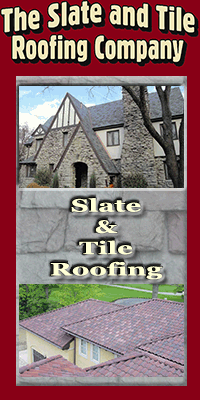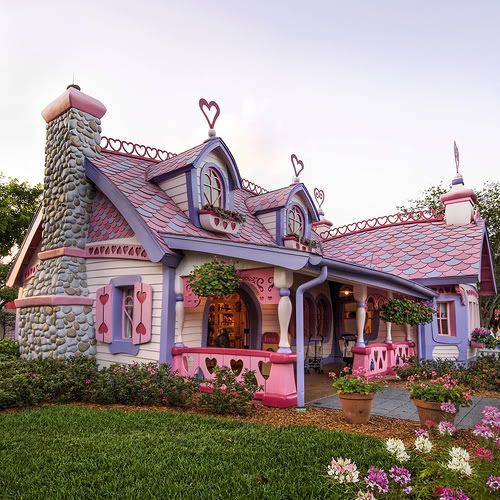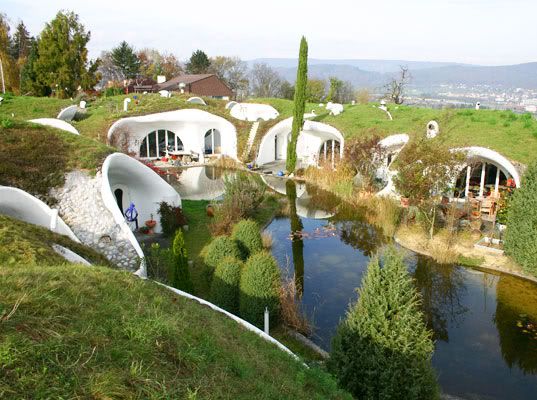Columbus ohio area roofing could very well be confusing. With the variety of weather condition the location gets, you ought to be sure that you are choosing a roofing package which is able to survive a lot of stuff. It needs to be able to deal with the wind, snow, sleet, humidity and heat without compromising the integrity of the roof. You also need the roof to adequately lock in most of the heat over the winter and hold most of the cold air in your home over the the hot months. While exploring the options, consider typical temperature factors you’ve gotten in your house so you are able to choose the right match to you and your family.
Shingles along with Tar
The standard roofing material is frequently tar and shingles. This sort of roof top has long been a standard for a very long time and it is functional. If you put suitable insulation under the roof you may also make this a reasonably energy-efficient roofing option in Columbus Ohio. tar is actually what seals the roof away from wetness while the shingles add another level of defence and as a consequence protect the tar from the falling debris. Shingles possess the habit of flying off because of large gusts of wind and demand frequent repair. You should be ever diligent relating to replacing downed shingles.
Metal Roofing
Metal roofing has grown to a degree where it is some of the best roofing product on the market. It does take a very little getting accustomed with the difference in noise when it rains, but generally speaking the roofing is among the most reliable, energy-efficient roofing on the market. Metal roofing allows for limited seams, making it easier to stop water from seeping into the home. metal deflects the sun so that the attic space is not going to get so sweltering and helps you keep the temperature around a consistent place. The toughness of the metal also helps keep it in one piece as it is hard to damage. It deals effectively inside the wind making it so components usually tend not to fly off during large thunder or wind storms as other roofing materials do.
Tile Roofing
You do not see the maximum amount of tiled roofing in the Columbus area as it tends to be an even more “tropical” look however the newer tiles are designed for the freezing temperatures better. The shape and stacking of the tiles tends to be fantastic at keeping water out. If the tiles do get water underneath, you can be in a bit of trouble when temperatures freeze during the winter season. Tiles do help keep temperature very consistent, letting you control the heating and cooling bill very effectively.
These are the three most popular styles of roofing in Columbus Ohio. The surfaces work well in the weather and offer a variety of price points depending on what your allowance is. Consider spending much more money now in order to save money over the next 20 years. You do have to take the numbers the distance to figure out what is really worth it for you and your financial circumstance.








